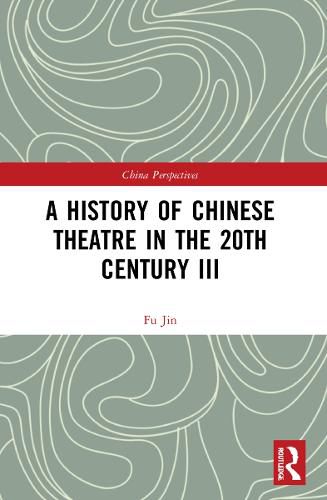Readings Newsletter
Become a Readings Member to make your shopping experience even easier.
Sign in or sign up for free!
You’re not far away from qualifying for FREE standard shipping within Australia
You’ve qualified for FREE standard shipping within Australia
The cart is loading…






The twentieth century was a dynamic period for the theatrical arts in China. Booming urban theatres, the interaction between commercial practice and theatre, dramas staged during the War of Resistance against Japan and a healthy dialogue between Western and Eastern theatres all contributed to the momentousness of this period. The four volumes of A History of Chinese Theatre in the 20th Century display the developmental trajectories of Chinese theatre over those hundred years.
This volume examines national policies developed for the culture industry and practice of Chinese theatre from 1949 to the period of "the Great Leap Forward". The author highlights the tension between the new nation's principle of "letting one hundred flowers bloom" and the theatrical industry as a tool for ideological propaganda. He argues that the transition from war-time conditions to the new social structure of peace time was far from thorough and stable.
Scholars and students in the history of the arts, especially the history of Chinese theatre, will find this book to be an essential guide.
$9.00 standard shipping within Australia
FREE standard shipping within Australia for orders over $100.00
Express & International shipping calculated at checkout
The twentieth century was a dynamic period for the theatrical arts in China. Booming urban theatres, the interaction between commercial practice and theatre, dramas staged during the War of Resistance against Japan and a healthy dialogue between Western and Eastern theatres all contributed to the momentousness of this period. The four volumes of A History of Chinese Theatre in the 20th Century display the developmental trajectories of Chinese theatre over those hundred years.
This volume examines national policies developed for the culture industry and practice of Chinese theatre from 1949 to the period of "the Great Leap Forward". The author highlights the tension between the new nation's principle of "letting one hundred flowers bloom" and the theatrical industry as a tool for ideological propaganda. He argues that the transition from war-time conditions to the new social structure of peace time was far from thorough and stable.
Scholars and students in the history of the arts, especially the history of Chinese theatre, will find this book to be an essential guide.